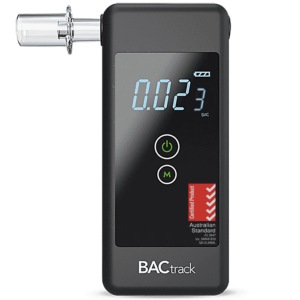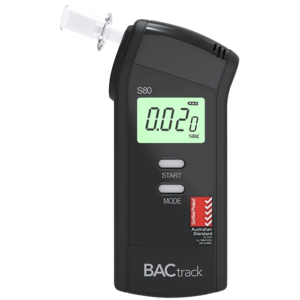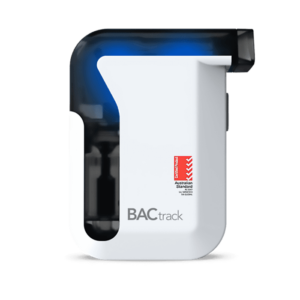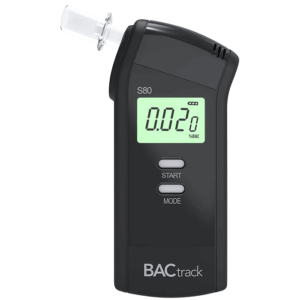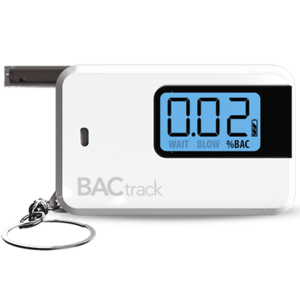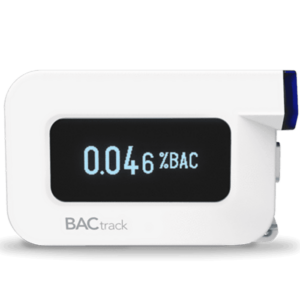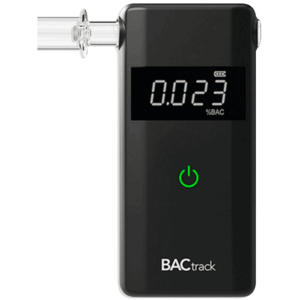Alcohol Screening: Definition, Tools, & Guidelines
17 April, 2024

Alcohol screening refers to the process of assessing the alcohol consumption patterns, behaviours, and alcohol-related problems of the person. Some examples of screening tools include the Alcohol Use Disorders Identification Test (AUDIT) and the Short Michigan Alcoholism Screening Test (SMAST). The guidelines that health professionals follow are confidentiality, consideration of cultural factors, feedback and education. People can also use the screening tool themselves to assess their alcohol consumption online.
Alcohol abuse affects people from all walks of life, regardless of age or background. Its widespread impact touches people in various communities, regardless of their differences. Many are unaware of their drinking patterns and the potential harm they may bring to themselves and others. Thus, screening becomes crucial in identifying people who may be at risk and providing them with appropriate interventions. This article will provide more information about screening for alcohol, including the tools and guidelines involved.
What is Alcohol Screening?
An alcohol screening test is a diagnostic tool. This treatment service assesses the alcohol consumption habits of individuals. Then, it can determine if they have a potential alcohol addiction. The test determines the drinking frequency and amounts of alcohol people consume. Also, they check for any associated medical consequences or behaviours.
Healthcare professionals can identify people who may be at risk or already experiencing alcohol-related problems through testing. The screening tool helps evaluate the level of alcohol misuse or dependency. Consequently, it assists in determining appropriate interventions or health plans. Typically, this test involves a series of questions or a questionnaire that covers various aspects of alcohol use.
After healthcare providers receive relevant information from the screening, they can do further assessments in laboratories and referrals. Primary care patients can prevent the progression of alcohol misuse or addiction. These include undergoing more tests, such as urine and saliva testing. These methods can further determine and monitor the levels of alcohol use in individuals.
Importance of Screening
- Screening can provide interventions for alcohol problems without using intrusive methods.
- Data from these screening tools can provide researchers with valuable information for studies. Consequently, policymakers can learn from the studies and create legislation or regulations to address alcohol-related problems.
- It is cost-effective and convenient since it only requires a few minutes to conduct the interview or have them answer the screening questionnaire.
- Screening can help people avoid the adverse effects of unhealthy alcohol drinking, which include kidney and liver diseases, withdrawal symptoms, and social and financial issues.
- It can help reduce the risks of incidents like heavy machinery accidents and motor vehicle crashes.

Tools for Alcohol Screening
There are various tools for alcohol screening. Firstly, the AUDIT. The AUDIT consists of 10 questions focusing on alcohol consumption, drinking behaviours, and negative impacts. It helps healthcare professionals gauge the intensity and frequency of drinking, as well as associated problems. Therefore, this tool assists in identifying people who may have Alcohol Use Disorder (AUD).
Secondly, the SMAST. This assessment tool focuses on identifying potential alcohol abuse or dependence. It comprises 13 yes-or-no questions regarding drinking behaviours and adverse consequences. SMAST helps health professionals determine if a person is likely to have a disorder by exploring aspects such as withdrawal symptoms and tolerance levels.
Thirdly, the CAGE. It focuses on four key areas to assess alcoholic beverage misuse: cutting down, annoyance, guilt, and eye-openers. This alcohol use screening test is brief and easy to administer. Overall, these screening instruments play a crucial role in primary care settings. They enable health workers to conduct initial assessments, identify alcohol-related health risks, and provide appropriate interventions or referrals for intensive treatment when needed.
Interpretation of Results
After completing the questionnaire, the administrator will tally the results. A higher score indicates a higher risk of alcohol dependency or harmful drinking. People with high or positive scores may undergo further evaluation. It is important to note that these tests are not diagnoses but tools to identify potential problems and determine the appropriate level of intervention needed.
Individuals with alcohol addiction may undergo rehabilitation in recovery in a facility or at home. These programs often include counselling, support groups, and medications. In addition, detoxification can help reduce the symptoms of withdrawal and assist in the recovery process.

Guidelines for Alcohol Screening
In a primary care clinic, health professionals follow clear guidelines for alcohol screening. Firstly, they prioritise confidentiality and create a non-judgmental atmosphere. This means that people can feel safe discussing their alcohol use without fear of stigma or repercussions. By ensuring privacy, patients are more likely to be honest about their drinking habits.
Secondly, cultural factors play a significant role in alcohol consumption patterns. Doctors should understand that what may be considered excessive drinking in one culture might be perceived differently in another. By considering these cultural nuances, healthcare providers can better assess the risk of hazardous alcohol consumption and provide tailored interventions.
Lastly, feedback and education to patients. Health professionals should discuss the potential risks associated with recurrent alcohol use and chronic harm to mental and physical health. Through education, young and adults at risk gain a deeper understanding of how their alcohol consumption may be impacting their well-being. They also learn about available resources and support services to help them address any concerns related to their alcohol use.
Risk Levels for Alcohol-Related Harms
Health experts categorise people into different risk levels based on their drinking habits and potential harm. Some people drink within recommended limits, known as low-risk drinking, which does not typically cause problems. Others engage in at-risk drinking, consuming excessive amounts of alcohol occasionally. It leads to potential harm, such as injuries or difficulties at work or home.
In more severe cases, people develop alcohol dependence. They feel a strong urge to drink despite its negative consequences on their lives. Health professionals utilise these levels to determine the most suitable interventions to ensure the safety and well-being of the patient.
Conclusion
Alcohol screening is crucial in identifying potential alcohol addiction and related problems. Healthcare professionals utilise various tools such as AUDIT, SMAST, and CAGE to assess drinking habits and associated consequences. These screenings help determine the level of alcohol misuse or dependency and enable appropriate interventions. By identifying at-risk individuals early, healthcare providers can prevent the progression of alcohol-related issues through tailored interventions and health plans.
In primary care, screening follows clear guidelines: prioritise confidentiality, understand cultural differences, and provide feedback and education. Confidentiality fosters honesty, while cultural awareness helps tailor interventions. By educating patients about risks and available support, healthcare providers empower them to make informed choices. People are categorised into risk levels based on their drinking habits. This classification guides appropriate interventions for ensuring patient safety and well-being. By adhering to these guidelines, doctors effectively address alcohol-related concerns, promoting healthier lifestyles.

















